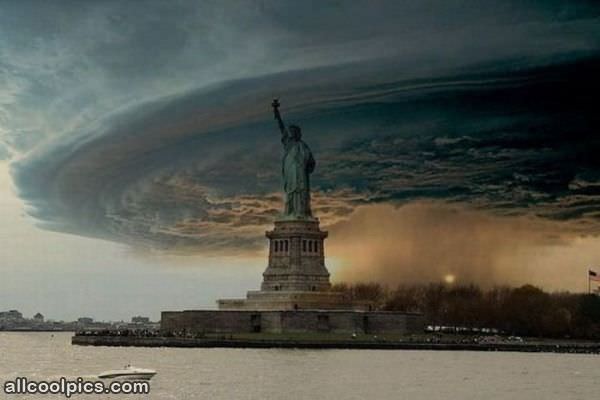Extinction News

‘The most singular of all the things that we have found': Clouds study alarms scientists
This story has been updated.
Every week, there are many new scientific studies published relating to climate change. It is a big field, a multidisciplinary field and a hot field.
 But according to leading climate scientist Veerabhadran Ramanathan — credited with discovering that chlorofluorocarbons, or CFCs, are actually a greenhouse gas, among other major findings — a new study this week showing that clouds already are shifting their distributions across the Earth, and in a way predicted by climate change models, stands out. And not in a good way.
But according to leading climate scientist Veerabhadran Ramanathan — credited with discovering that chlorofluorocarbons, or CFCs, are actually a greenhouse gas, among other major findings — a new study this week showing that clouds already are shifting their distributions across the Earth, and in a way predicted by climate change models, stands out. And not in a good way.
The study was led by Ramanathan’s Scripps Institution of Oceanography colleague Joel Norris, though Ramanathan said he was not involved in the work and didn’t know about it until shortly before publication. But Ramanathan said that the study basically confirms that there’s nothing to prevent the world from reaching the high levels of warming that have long been feared — except for our own swift policy actions, that is.

This NOAA satellite image taken June 6 at 12:45 a.m. Eastern time shows clouds over the Northeast U.S. and Mid-Atlantic into the eastern Great Lakes and Appalachians, with some scattered rain showers and occasional thunderstorms. (Weather Underground via AP)
Scientists Connect Massive Die-Off Of Australian Mangroves To Climate Change
“We have seen smaller instances of this kind of moisture stress before, but what is so unusual now is its extent, and that it occurred across the whole southern gulf in a single month. It is a natural process, but nature usually does this incrementally. Not with such severity. We have never seen this before.”
Turkey: Back to Zero Problems with Neighbors?
What went wrong? Factors that contributed to Turkey’s regional isolation included problems with Israel related to Hamas and Gaza, a deadlock with Armenia, and a stalemate in Cyprus. Ankara supported the Muslim Brotherhood in Egypt, but a military coup ousted this new ally. The crisis of the Arab Spring also precipitated the civil war in Syria, leading to major tensions with Moscow and Tehran. By late 2015, the country that once followed a zero-problems-with-neighbors strategy now had zero neighbors without problems.
Drilling down in the deep blue
A massive oil rig is on its way from South Korea to the pristine waters of the Great Australian Bight, courtesy of Labor and the Coalition.
